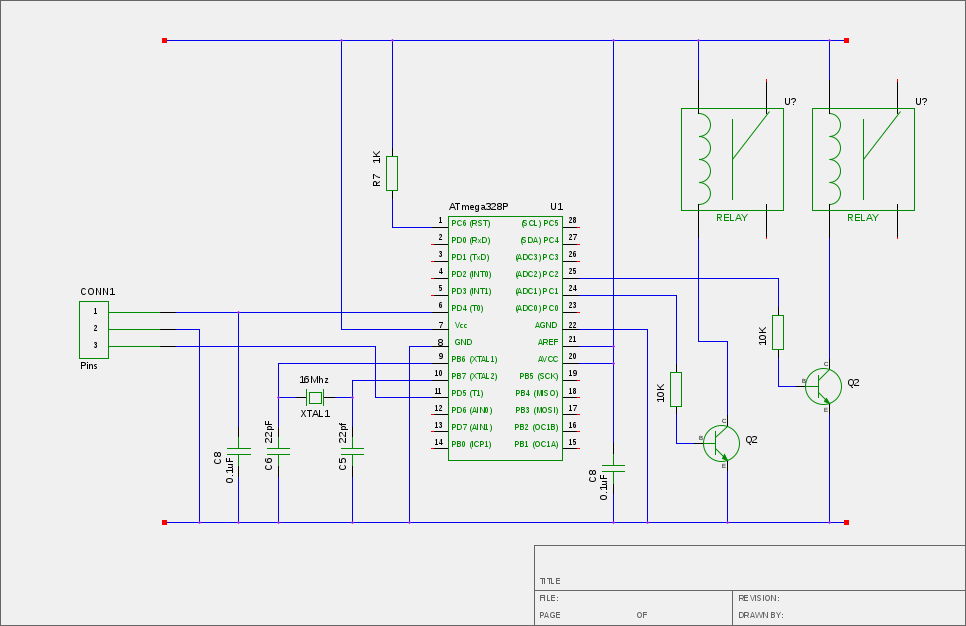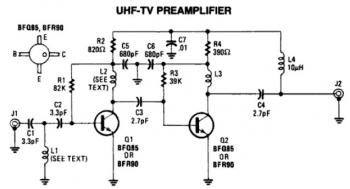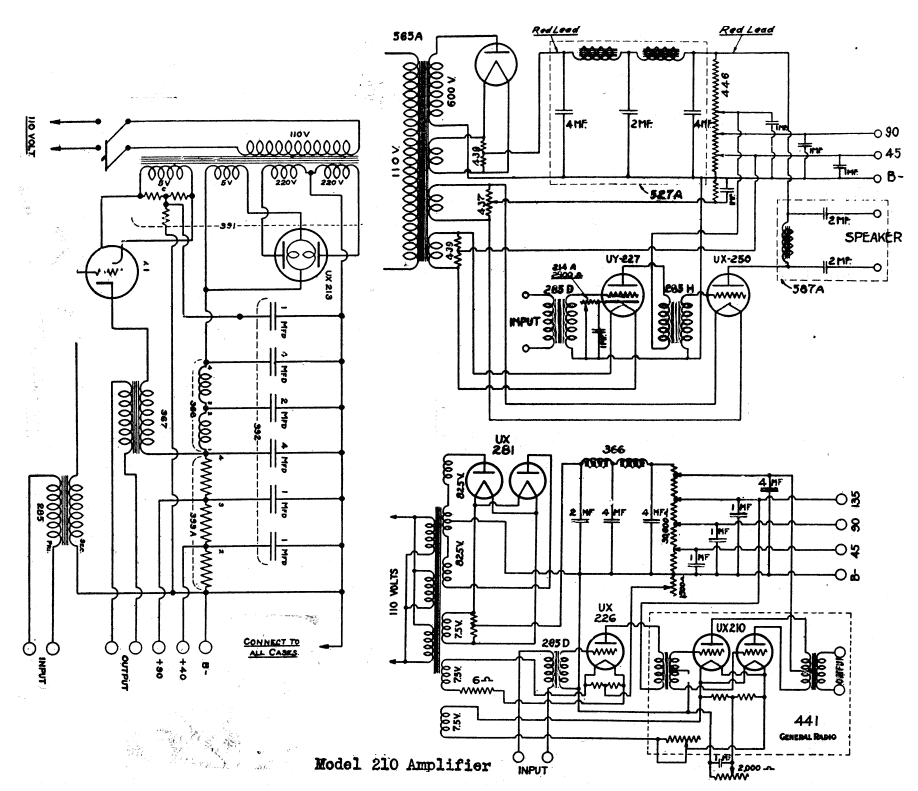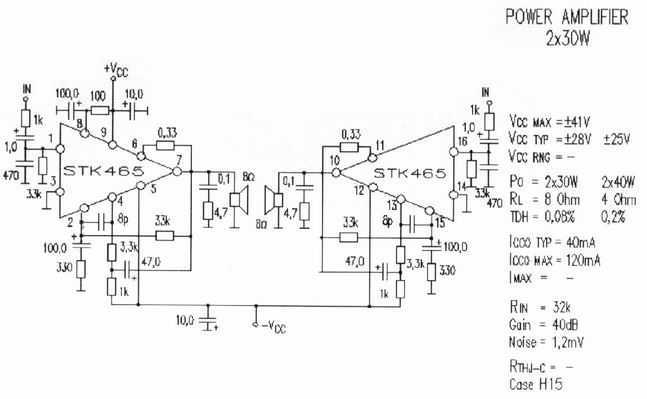
High quality 10w audio amplifier
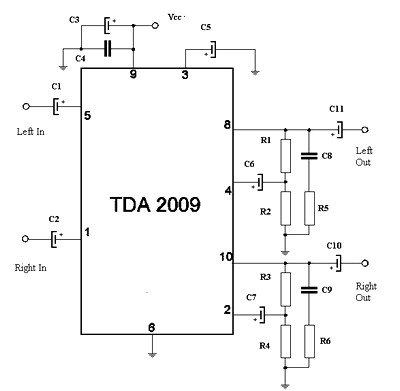
The circuit features a Class AB audio amplifier integrated circuit (IC) that necessitates only a minimal number of external components. This series is straightforward to construct. The 10W stereo amplifier circuit requires a stable power supply with a voltage of 18V and a current rating of 1A.
The Class AB audio amplifier circuit is designed to deliver high-quality audio output while maintaining efficiency. The amplifier operates by combining the characteristics of Class A and Class B amplifiers, allowing for reduced distortion and improved linearity. The circuit typically includes essential components such as resistors, capacitors, and possibly a heat sink to manage thermal dissipation.
The power supply is a critical component of the circuit, providing the necessary voltage and current for optimal performance. An 18V power supply rated for at least 1A ensures that the amplifier can deliver its full 10W output without clipping or distortion. It is advisable to use a regulated power supply to maintain consistent voltage levels under varying load conditions.
In terms of construction, the simplicity of the circuit allows for easy assembly on a printed circuit board (PCB) or a breadboard. Proper layout considerations, such as minimizing the length of signal paths and ensuring adequate grounding, can significantly enhance performance and reduce noise interference.
Additionally, the selection of external components, such as the feedback resistors and coupling capacitors, can influence the frequency response and overall sound quality. Careful attention to these components will yield a more refined audio experience.
Overall, this Class AB audio amplifier circuit is an excellent project for audio enthusiasts and provides a solid foundation for further enhancements and modifications.As you can see on the circuit, a class AB audio amplifier IC requires only a few external components. And this series is also very easy to build. 10W stereo amplifier circuit requires a stable power supply with a voltage of 18 V and 1A current needs.
🔗 External reference
The Class AB audio amplifier circuit is designed to deliver high-quality audio output while maintaining efficiency. The amplifier operates by combining the characteristics of Class A and Class B amplifiers, allowing for reduced distortion and improved linearity. The circuit typically includes essential components such as resistors, capacitors, and possibly a heat sink to manage thermal dissipation.
The power supply is a critical component of the circuit, providing the necessary voltage and current for optimal performance. An 18V power supply rated for at least 1A ensures that the amplifier can deliver its full 10W output without clipping or distortion. It is advisable to use a regulated power supply to maintain consistent voltage levels under varying load conditions.
In terms of construction, the simplicity of the circuit allows for easy assembly on a printed circuit board (PCB) or a breadboard. Proper layout considerations, such as minimizing the length of signal paths and ensuring adequate grounding, can significantly enhance performance and reduce noise interference.
Additionally, the selection of external components, such as the feedback resistors and coupling capacitors, can influence the frequency response and overall sound quality. Careful attention to these components will yield a more refined audio experience.
Overall, this Class AB audio amplifier circuit is an excellent project for audio enthusiasts and provides a solid foundation for further enhancements and modifications.As you can see on the circuit, a class AB audio amplifier IC requires only a few external components. And this series is also very easy to build. 10W stereo amplifier circuit requires a stable power supply with a voltage of 18 V and 1A current needs.
🔗 External reference
Warning: include(partials/cookie-banner.php): Failed to open stream: Permission denied in /var/www/html/nextgr/view-circuit.php on line 713
Warning: include(): Failed opening 'partials/cookie-banner.php' for inclusion (include_path='.:/usr/share/php') in /var/www/html/nextgr/view-circuit.php on line 713
